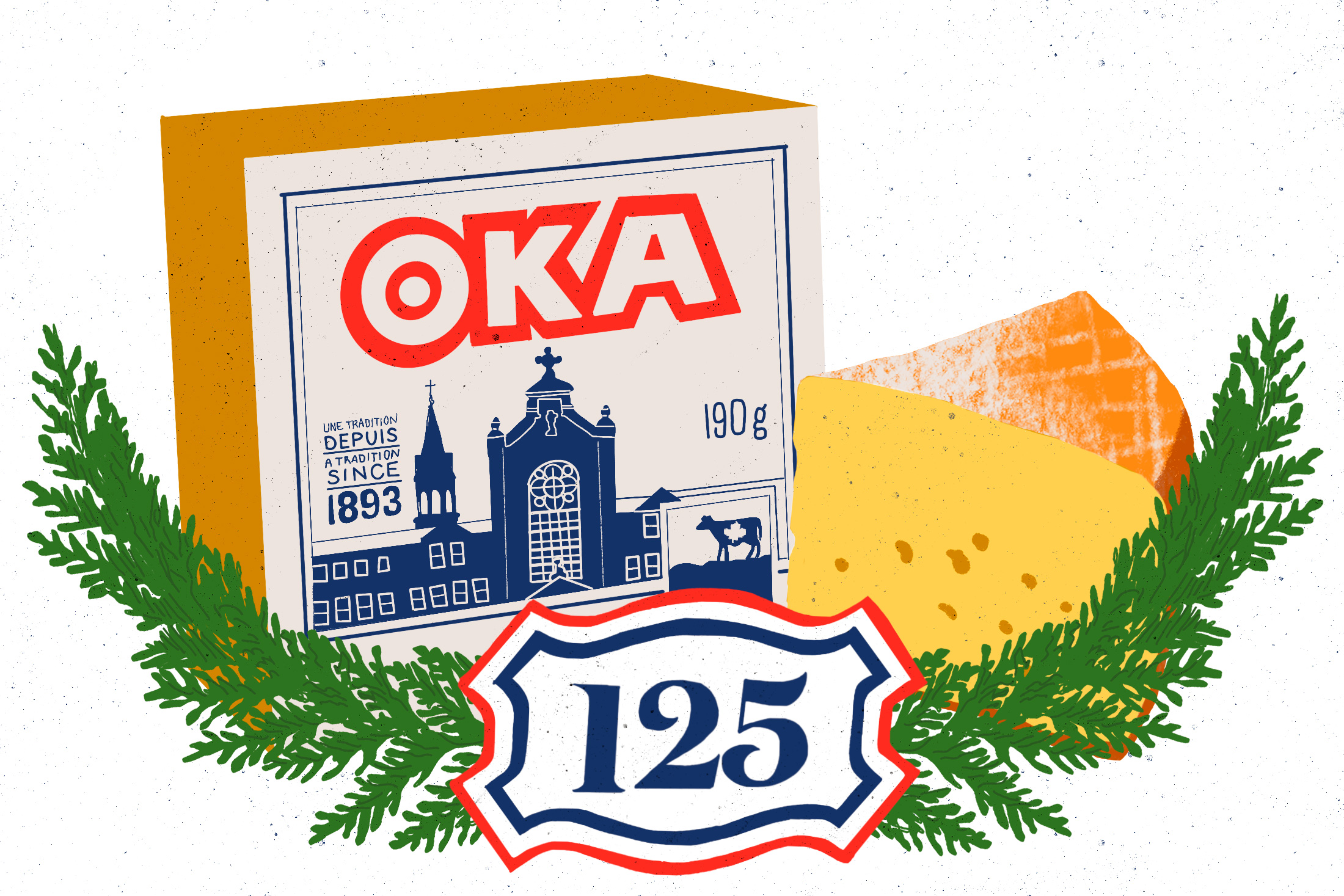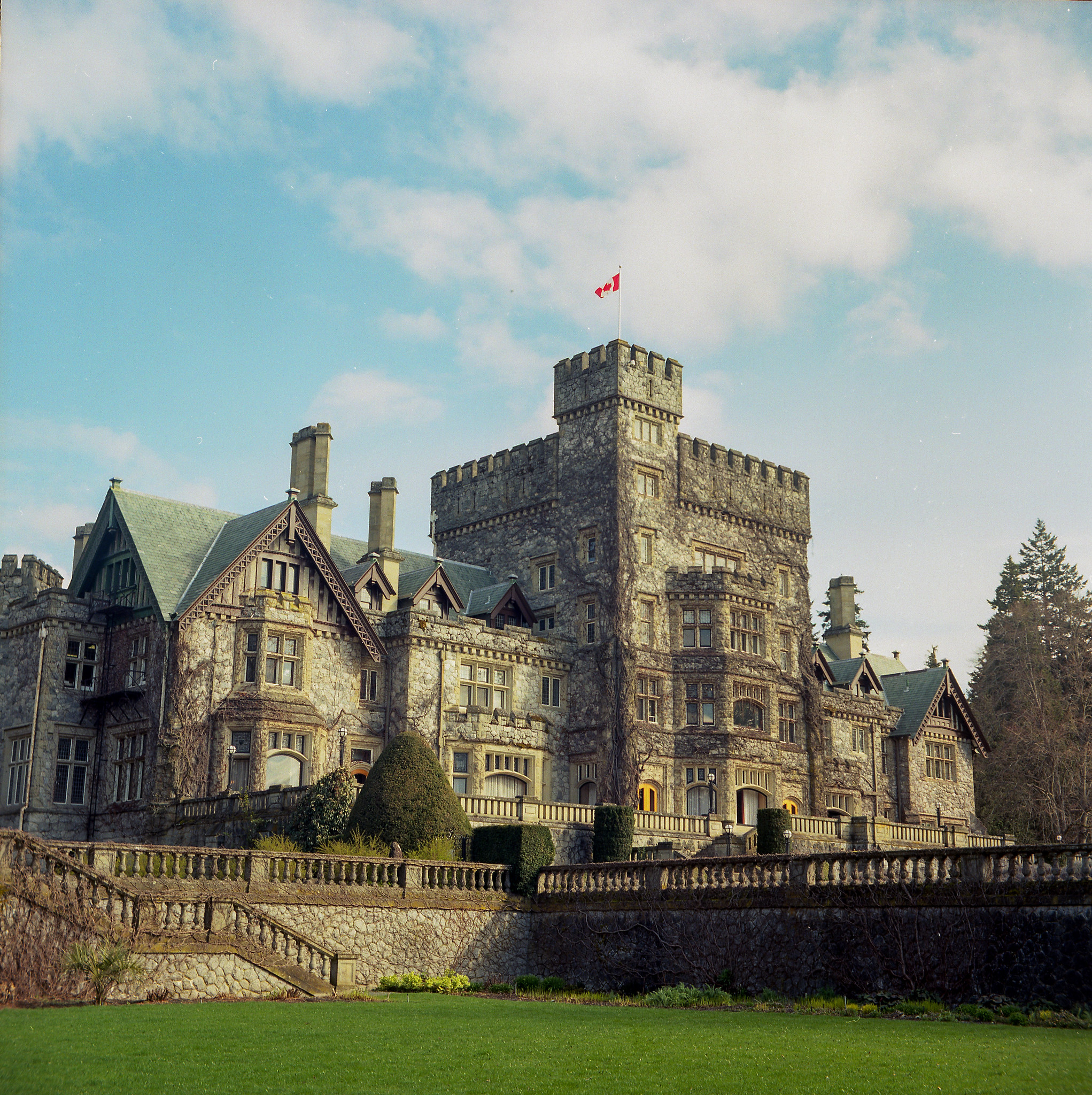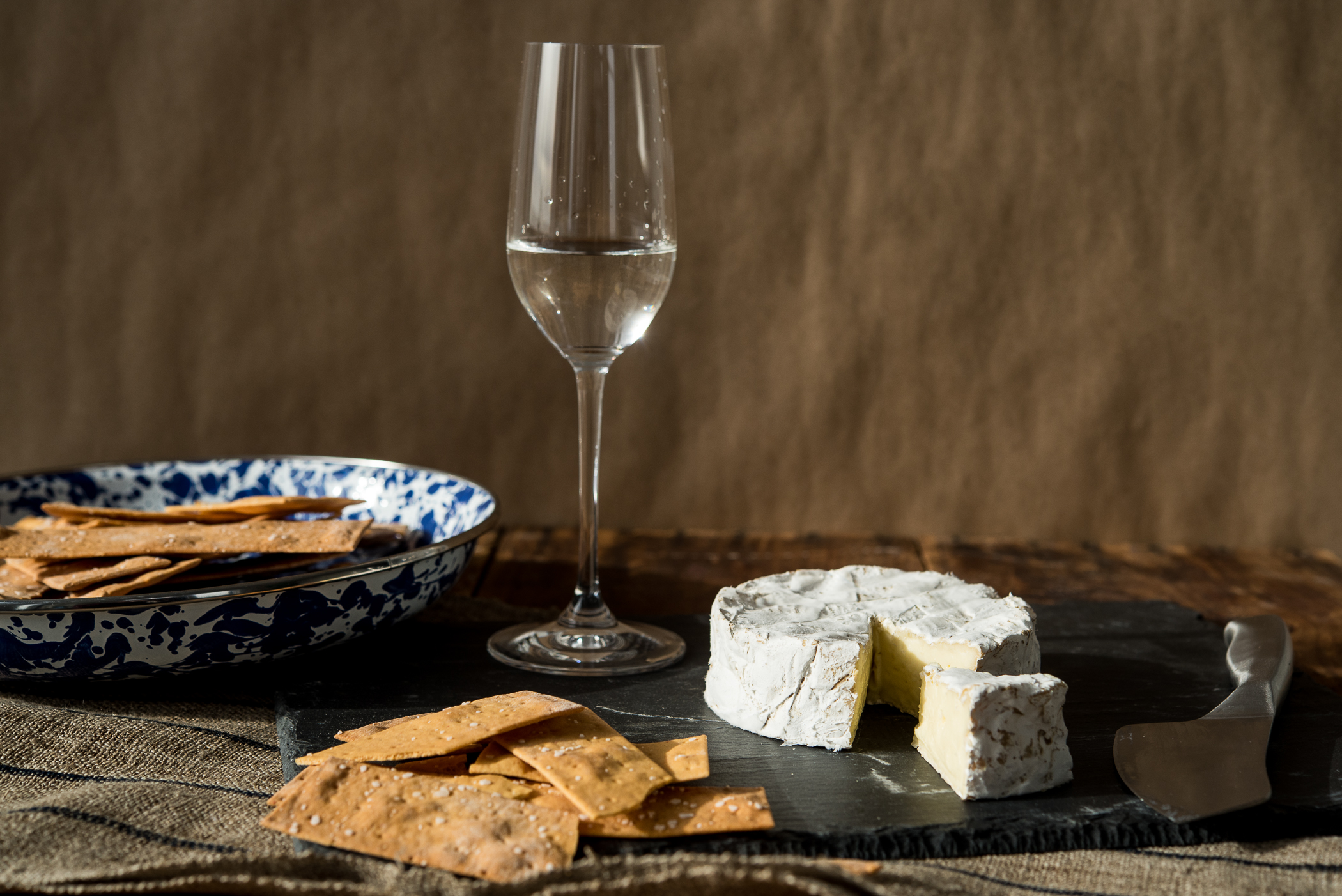Quebec’s Oka Cheese
A divine creation.

Be it a holiday party or a housewarming, charcuterie and cheese boards go hand-in-hand with entertaining. And for many a Canadian table, these gourmet displays are sure to be centered with the distinctive Oka: the semi-firm Quebec cheese with a creamy texture, golden hue, and orange rind. Regularly reaping awards and pleasing palates around the world, Oka remains a perennial favourite—even as it celebrates its 125th birthday this year.
The origins of this Quebec classic dates back to 1893 when a monk and master cheesemaker named Brother Alphonse Juin left his native France for a Trappist community in Oka, Quebec (a small town about an hour from Montreal), bringing with him the secret recipe for a soft style of cheese called Port-du-Salut. Once settled in Canada, Juin looked to reproduce the cheese at the Oka Abbey. Instead, he created something new.
Using cow’s milk produced at the abbey farm, in addition to South Carolinian cypress for the aging process, the monks ended up with a pleasing—though pungent—variation on the original Trappist cheese and called it Oka, in honour of its birthplace. The cheese sold well, bringing Juin, his fellow monks, and their religious order a sure source of income—as well as accolades.
Regularly reaping awards and pleasing palates around the world, Oka remains a perennial favourite—even as it celebrates its 125th birthday this year.
At the 1893 Montreal Exhibition, the Trappists walked away with the top prize and won again the following year at the Quebec Exhibition, cementing a reputation for excellence that has continued to this day. Just this year, Oka L’Artisan, which blends the traditional recipe with a Swiss-style flavour and look, took top prizes at Quebec’s Sélection Caseus contest as well as the Royal Agricultural Winter Fair in Toronto.
Over the 125 years, only a few changes have been made to the original 19th-century recipe. Agropur, the Quebec dairy company that has managed the brand since 1981, now uses pasteurized cow’s milk from the Lower Laurentians rather than from Oka, which has resulted in a milder taste with an aroma not unlike roasted chestnuts.
Still, these slight adjustments aren’t considered sacrilege. “Oka’s continued popularity is no doubt a result of these enduring choices of continuity that build on the innovations of the first monks,” says Brother André Barbeau, Father Abbot of Val Notre-Dame Abbey. After all, it was innovation that initially led to the divine creation of this beloved Quebec cheese.
_________
Never miss a story. Sign up for NUVO’s weekly newsletter.







